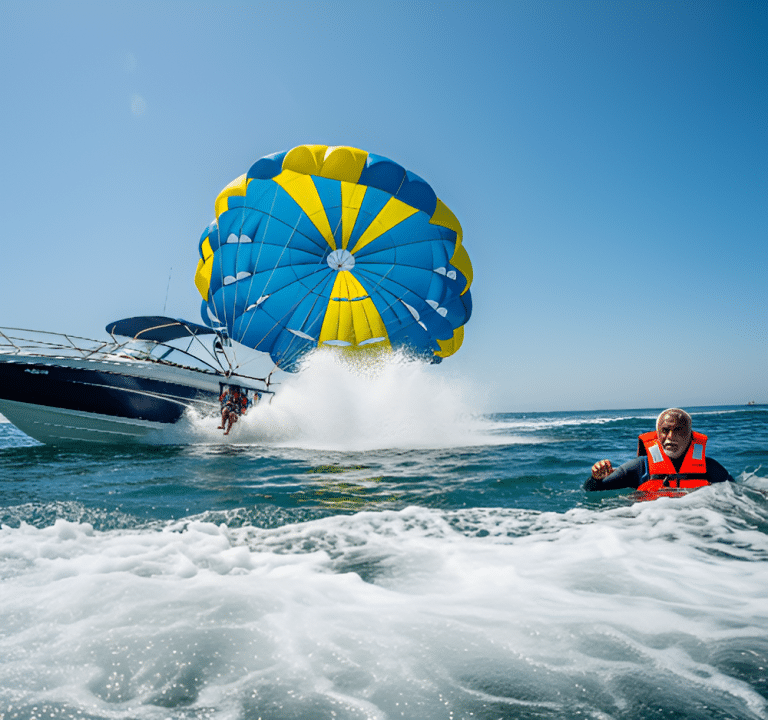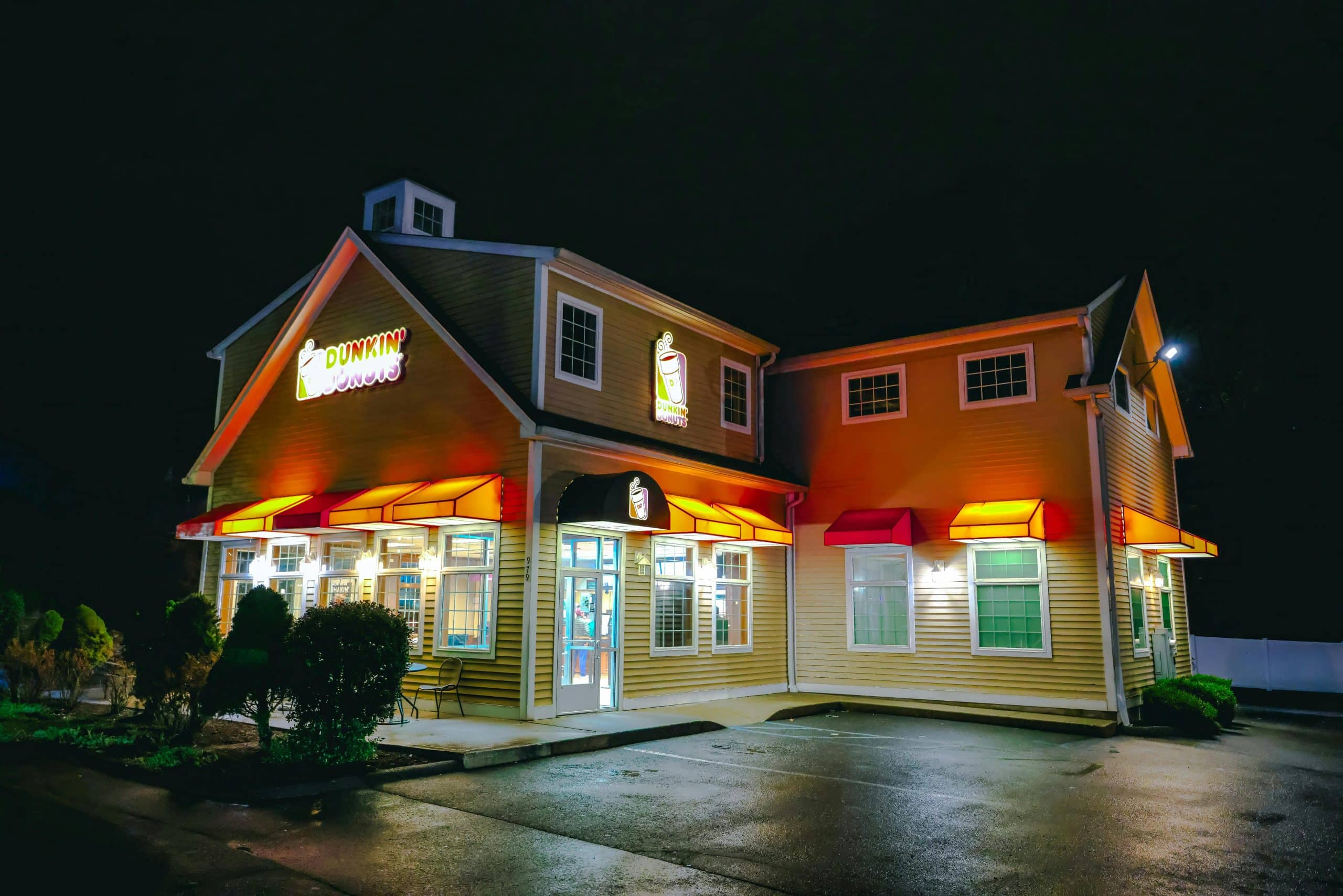A little less than seven days ago, Tijana Radonjic, a 19-year-old Serbian student, perished in a tragic parasailing accident in Budva, Montenegro. Reports indicate that Ms. Radonjic unzipped her safety harness while suspended in the air, dropping into the Adriatic Sea from an estimated 150 feet. Some screams sounded like pleas for help, followed by her scream, “Put me down!” before she fell, and thus arose waves of concern about safety measures and likely panic that may occur in any activity.
A promotional video for the tourist agency was shot on May 28, 2025. According to the owner of the parasailing company, Ms. Radonjic seemed quite calm and happy just before takeoff. Panic struck mid-air, according to the story, which turned into frantic attempts to unbuckle the safety harness.
Immediately, she was retrieved from the water by medics, but by then, she was beyond help. An official inquiry is now required into the circumstances surrounding this unfortunate parasailing accident.
Investigation into the Fatal Parasailing Accident
Police and safety officials have now gotten involved in investigating this tragic parasailing accident. Tijana Radonjic’s family denies claims that she unbuckled her harness. They claim she was petrified and trying to save herself, but the video shows otherwise because it appears as if she was trying to unbuckle her safety equipment.
In terms of training, Budva MK, the one monitoring all water sports that Ms. Radonjic undertook, has claimed that the subject had competent training and showed no sign of fear. Not only that, but all technical inspections of all equipment are ongoing, along with autopsy protocol proceedings. The inquiry will thus seek to ascertain whether the failure was focused on equipment, human error, or mental overload.
The Understanding of Panic Mid-Air
“Panic” stands out among the main points of this disaster chance according to safety experts. Such cases are very few indeed, but few are irrational acts; they are born due to the kind of fear: people sometimes panic before a stimulus that is sudden and unexplained, sometimes because he or she is restrained or trapped, or because of a sudden perceived danger.
These factors should be vital in understanding how a parasailing accident could happen from the natural psychological reactions of an individual human. It is laid down by best practices in the industry to spend enough time doing a thorough pre-flight briefing and monitoring the participants for discomfort signs. Learning the mechanisms surrounding panic will greatly help in framing valid safety standards for adventure tourism.
Calls for Improved Safety
This unfortunate parasailing accident has reignited the fight for even better safety in the industry. The advocates are calling for redundant means of safety observation and briefing procedures. It is a dark reminder of the intrinsic dangers contained in extreme sports, and the greatest need, which is for operators to place the welfare of the participants above all else.
The investigation proceeds; rather, the lessons learned from the misfortune may become a recipe to avert its repetition for the safety of everyone concerned with parasailing. Curiously, the investigation tries to hunt for any possible failure of the equipment in a somewhat parallel way to other notorious incidents regarding catastrophic system failures, such as the SpaceX Starship Program.








